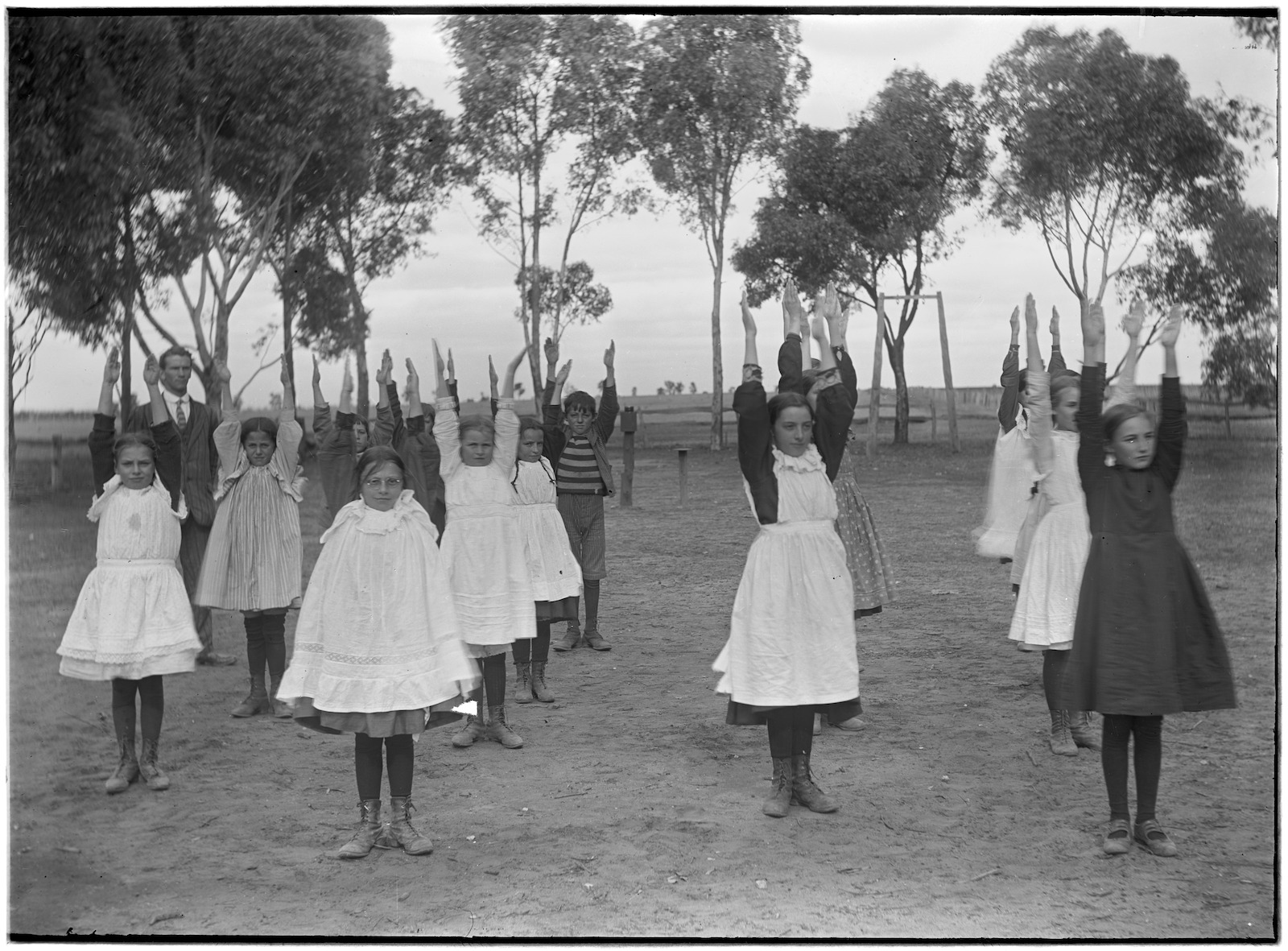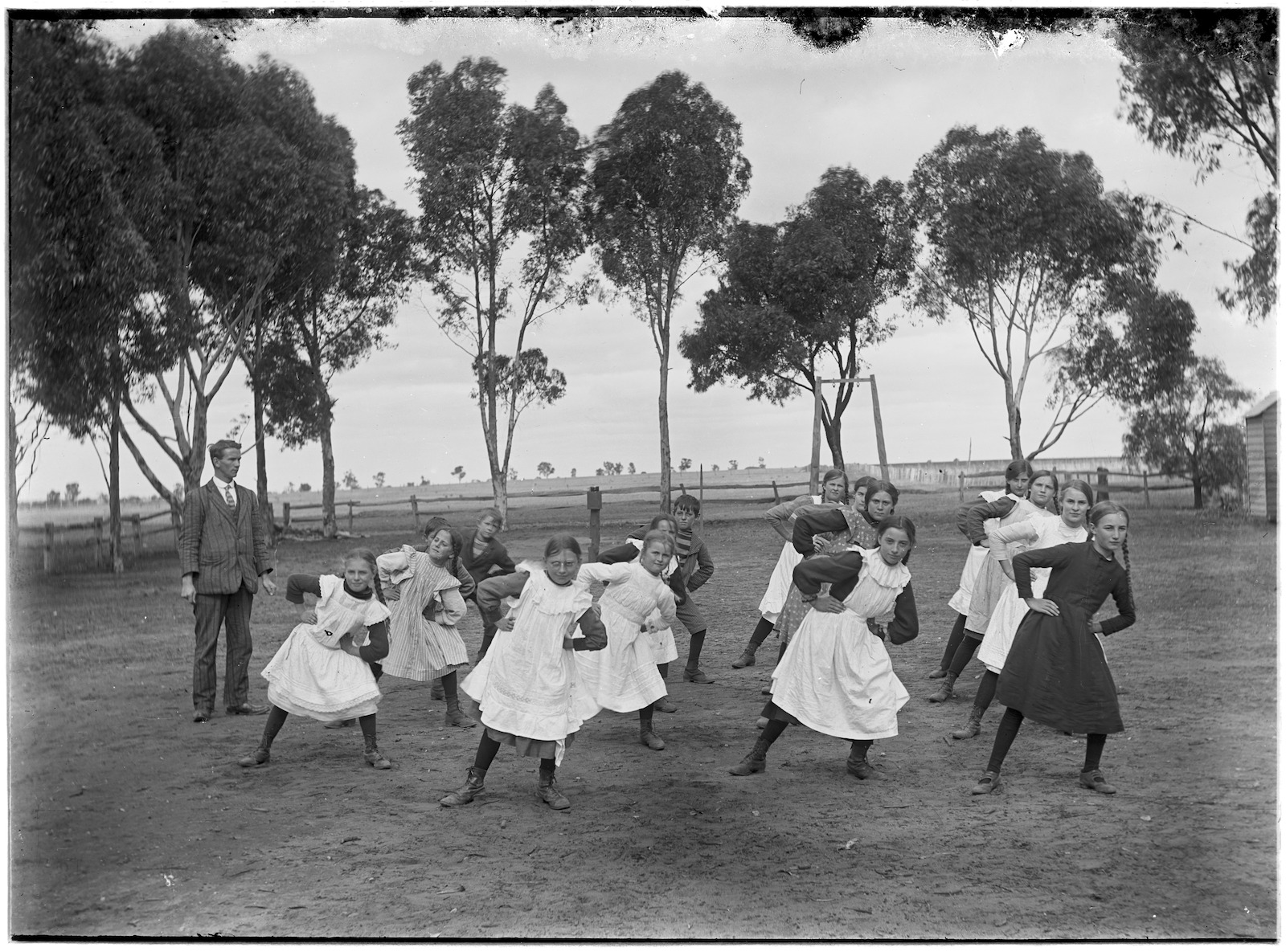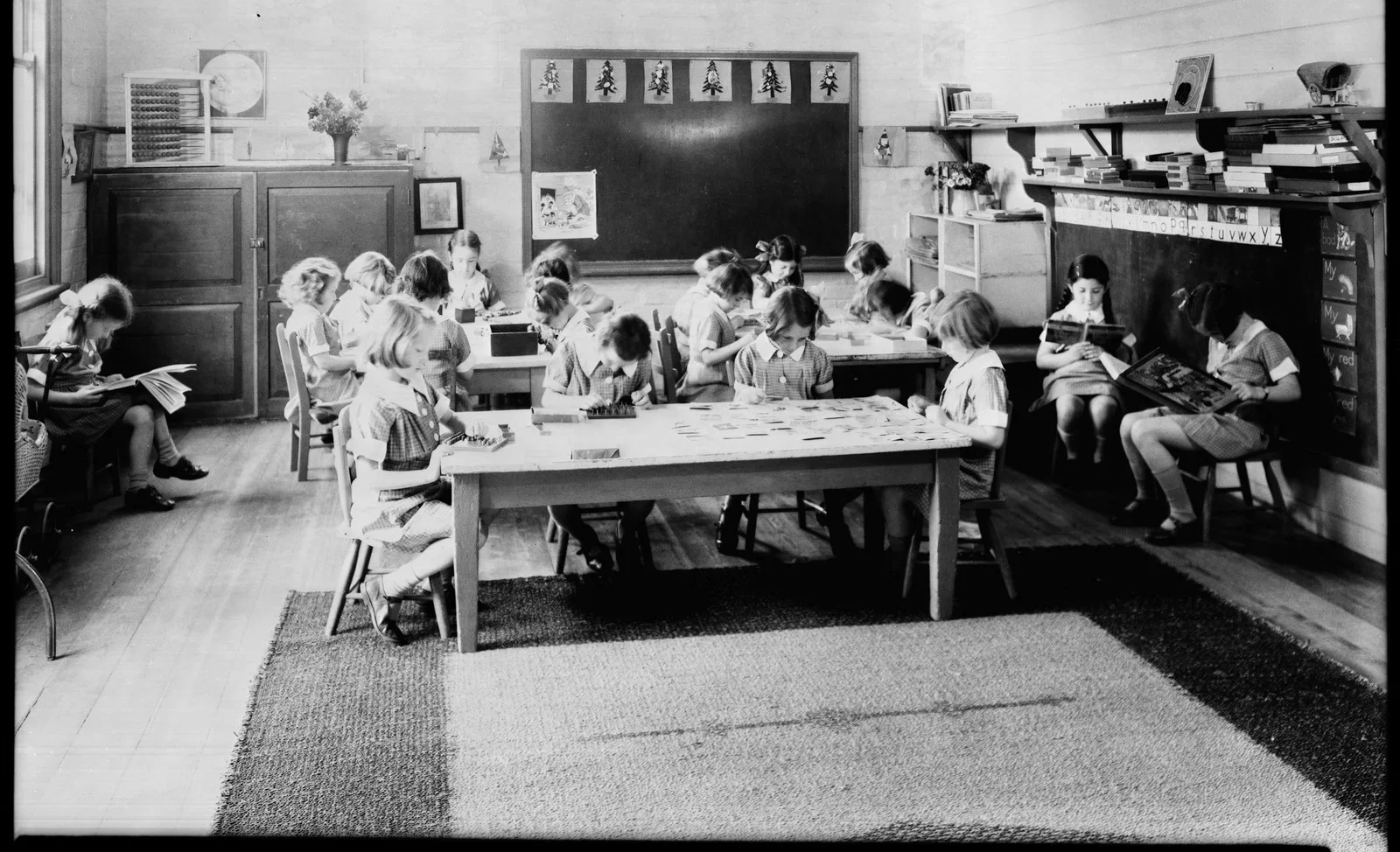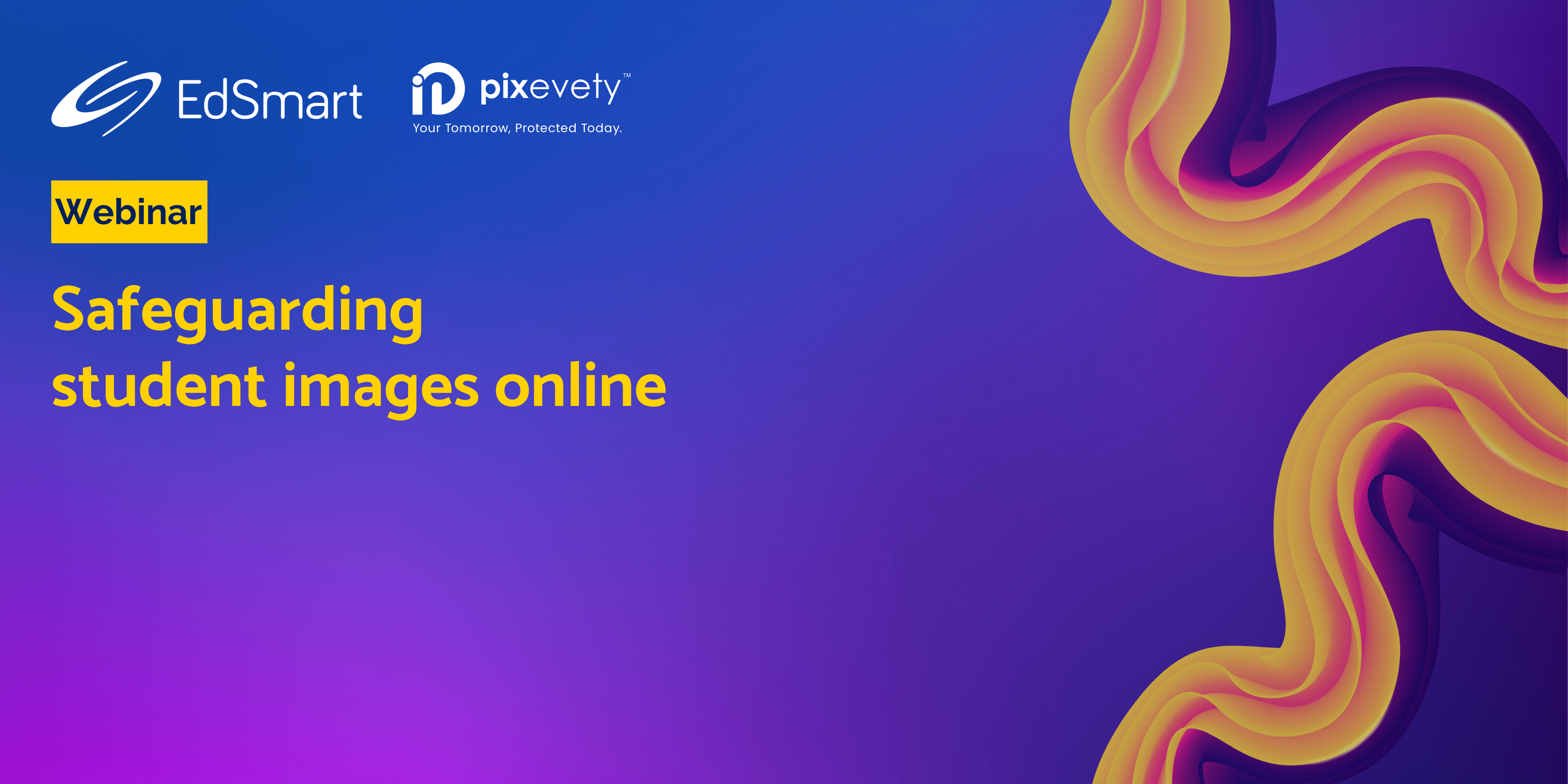In 2022 Victoria, Australia celebrated 150 years of public education. We look at the history of access to education and how it remains a pertinent issue in the world today.
Feature image for article: Children in a primary school classroom (ca. 1930-1969), sourced from State Library of Victoria
Access to an education has important social, personal and financial benefits.
For many, it’s a ticket out of poverty by facilitating access to secure, stable, well-paid work. Education improves health outcomes and diverts people from criminal and anti-social behaviour. It also leads to more engaged and informed communities on political and social issues by helping people consider a range of diverse views and beliefs. And it helps drive economic growth through innovation and enterprise by encouraging students to push boundaries and reach their inner potential.
If that’s not enough argument for free public education, then we don’t know what is.
EdSmart is a global company but, here in Melbourne, Australia – where our head office is based – we’re celebrating a notable education milestone: the 150th anniversary of public education in the state of Victoria (of which Melbourne is the state’s capital). This prompted us to consider the importance of free publicly-funded education around the world, and how some other nationalities are not as fortunate as those living in Australia.
We feel the need to keep the argument for public education on the table, starting with our Australian milestone as an example.
 School children in paddock doing calisthenics (1897/1918),
School children in paddock doing calisthenics (1897/1918),
sourced from State Library of Victoria
Public education in Victoria
As the colony of New South Wales (Australia) evolved into a number of smaller, independent colonies in the 19th century, so too did responsibility for infrastructure and essential services like education.
By the end of the 1850s, a number of private schools were established in Victoria, many of which were based on the English public school model, while “others were educated at home with tutors… For the poorest families [however], education was a luxury many couldn’t afford…”
In the 1830s, advocation for the creation of public schools had gained traction in the USA. In the UK, Prime Minister Gladstone introduced Britain’s first public education act in 1870, which was fostered for years by Prince Albert. In 1872, the Victorian Government in Australia followed suit with their own act, which laid the groundwork for the Victorian Department of Education and mandated that children between the ages of six and 15 were to attend school.
Schools created by the Victorian Government were established based on the principles of free, secular and compulsory education. Today, there are 2,286 schools in Victoria, 1,557 of which are government-run schools delivering an education to 648,000 of the state’s 1,014,246 registered students.
As well as ‘the 3Rs’ and sports, which characterised the original syllabus, students are now taught languages, sciences, mathematics, business, arts and important skills for the future – including digital design and programming – which is a far cry from what were considered the ‘basics’ 150 years ago.
 School children in paddock doing calisthenics (1897/1918),
School children in paddock doing calisthenics (1897/1918),
sourced from State Library of Victoria
A (very) brief history of education
Education, in one form or another, has existed almost as long as civilisation itself. In ancient societies like the Middle East, India, China, Greece and Rome, the opportunity to receive an education depended largely upon the social status and financial capacity of a student’s parents.
Going to school and receiving an education was a luxury afforded only to boys and men. In many states and empires (Rome, Greece, China and Vedic institutions), literacy, sporting pursuits, trades, mathematics and the arts were the foundation of the curriculum. In other cultures, the teaching of spiritual, religious and cultural knowledge took precedence (for example, Buddhist education in India).
The Industrial Revolution and the Enlightenment movement (dating from the early 16th century to the 19th century) played pivotal roles in establishing free education – what we know today as public education. Where previously an education was afforded only to those becoming “men of the cloth”, the church’s take on the principles of the Enlightenment saw them broadening access to literacy as a path to a greater understanding of scripture and, by extension, access to salvation for people of faith.
By contrast, in the secular world, as the Industrial Revolution progressed and many agricultural tasks became automated – and notwithstanding evidence of the existence of child labour in many developed nations – psychologist Peter Gray argues that “the need for child labor [sic] declined in some parts of the world. The idea began to spread that childhood should be a time for learning, and schools for children were developed as places of learning.”
 School children in paddock doing calisthenics (1897/1918),
School children in paddock doing calisthenics (1897/1918),
sourced from State Library of Victoria
Education for all?
Figures released by UNESCO estimate that while developed economies in Asia, Europe and South America – and OECD member nations including Australia, New Zealand, England and the United States – have 100 percent literacy rates, 30 percent of adults and 20 percent young adults will remain illiterate in developing countries. Approximately 262 million people cannot access primary education, with the majority found in conflict-riddled regions like Afghanistan, Syria and Iraq. Much of sub-Saharan Africa – including Côte d’Ivoire, Sierra Leone, Mali and South Sudan – have literacy rates below 50 per cent.
Access to school for women is also an issue that needs immediate attention. UNICEF states that 129 million girls are out of school. This number includes 32 million girls of primary school age, 30 million of lower-secondary school age, and 67 million of upper-secondary school age.
There are many hurdles women have to negotiate to receive an education. As UNICEF explains:
“Poverty, child marriage and gender-based violence – vary among countries and communities [and] poor families often favour boys when investing in education. In some places, schools do not meet the safety, hygiene or sanitation needs of girls.”
If education is the silver bullet to reducing inequality and improving social mobility, it’s imperative that we do more to improve access to universal education for women.
As well as the benefits education has on eliminating poverty and inequality, Project Drawdown’s Drawdown Lift has identified a number of benefits for women’s health and the environment by improving access to education. Not only are women and girls empowered to earn higher wages and enjoy greater independence with an education, it helps them actively manage their reproductive health.
With population size determining the demand for food, transportation, electricity, buildings and other processes that produce emissions, “Project Drawdown estimates that by giving girls access to education and family planning, we could reduce 105 gigatonnes of CO2 emissions by 2050.”
 State School No. 2565 (ca. 1880-1900), sourced from State Library of Victoria
State School No. 2565 (ca. 1880-1900), sourced from State Library of Victoria
One last word (or two) on public education
Publicly-funded education has come a long way since its inception in the 19th and 20th centuries. However, amid all the supposed advancements of the technological revolution, especially in the early part of the 21st century, access to a basic education and the development of rudimentary numeracy and literacy skills continues to be a struggle in many parts of the world.
As the clear and present threat of irreversible climate change grows, an ongoing commitment to extending public education to where it’s most needed is the next challenge in the timeline of public education.
Let’s continue the conversation and ensure the subject of free public education never falls off the agenda.
Find out how EdSmart can help your school deliver a 21st century education experience. Contact us today.



